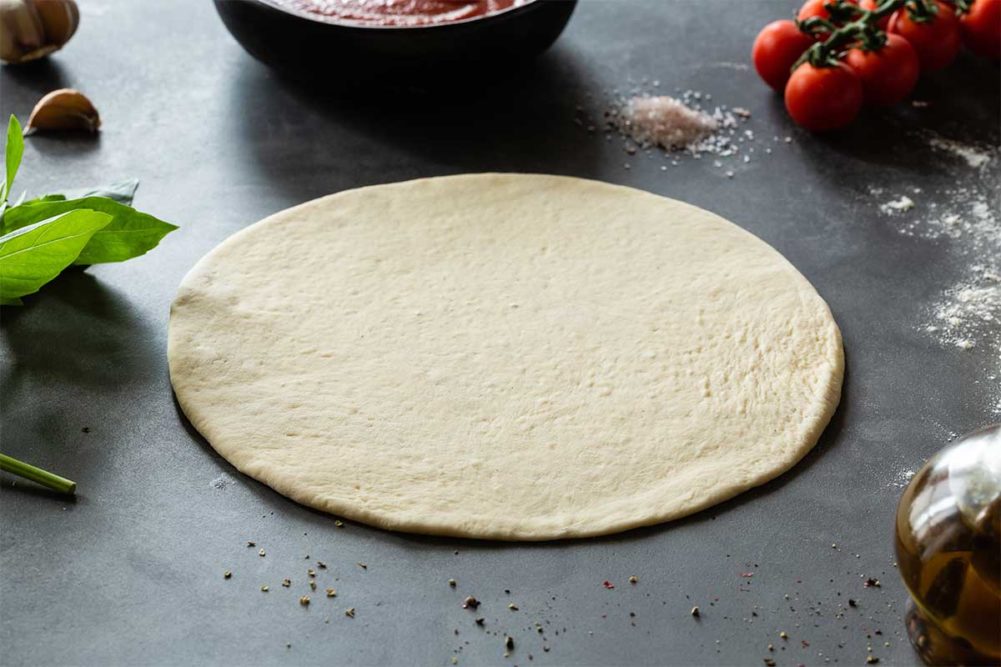While lecithin is considered a clean label ingredient, other emulsifiers are not. That’s where enzyme-based dough improvers come into play.
“Lipases and phospholipase provide clean label alternatives to chemical emulsifiers,” said Art Posch, platform development manager, Kemin Food Technologies. “Phospholipase acts upon the polar lipids of flour and converts lecithin to lysolecithin and digalactosyl diglycerides to digalactosyl monoglycerides. They act in a similar way to DATEM and SSL. With advancements in biotechnology, third-generation lipases are also available. These lower the release of small chain fatty acids, which in turn reduces the risk of off-flavor development in baked goods on prolonged storage.”
The lower cost-in-use of baking enzymes compared to chemical emulsifiers enables bakers to improve quality at a more affordable price. They also help clean up ingredient statements.
“Enzymes are considered natural ingredients,” said Brian Fatula, vice president, Lallemand Baking. “Thanks to their emulsifying properties, our baking enzymes can be used to replace chemical emulsifiers. Generally considered as processing aids, enzymes are most of the time not even declared in the ingredient declaration.”
One of Lesaffre’s latest solutions is an enzyme-based alternative to mono- and diglycerides that provides bakers with short-term softness at a lower usage level.
Hydrocolloids, such as guar gum and other gums, may function as surfactants and reduce sticking in flatbreads. Hydrocolloid systems can also be designed as an alternative to chemical emulsifiers for baked goods.
“Surface energy (also known as wettability) is a relative measure of the energy at the surface of a material,” Mr. Posch said. “Low surface energy results in poor wetting because the liquid cannot form strong bonds with the surface. Flatbreads with a low surface energy will result in less sticking. Kemin offers an emulsifying gum-based, anti-stick system to reduce the stickiness in flatbreads, including tortillas.”
Sales of nontraditional pizza doughs, tortillas and flatbreads continue to grow significantly.
“We see a shift toward variety and premium products and a decline in traditional, or white, breads,” Mr. Fatula concluded. “Keto and gluten-free versions are also becoming more popular. This is driving the demand for clean label emulsifying solutions.’’
Emulsifiers, whether traditional or enzyme-based, provide manufacturers of pizza crusts, tortillas and flatbreads tools to tinker with their products to get better shelf life and finished product quality.
This article is an excerpt from the May 2022 issue of Baking & Snack. To read the entire feature on Emulsifiers, click here.






